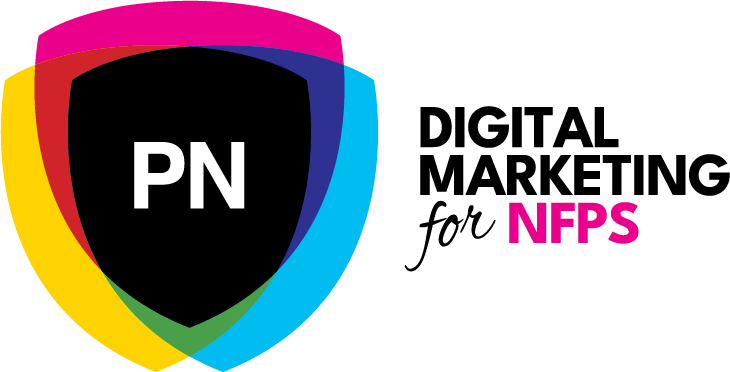Want to know how to generate website traffic with Pinterest but don’t know how to get started? We’ve got you covered with six simple tricks.
In the wake of the updates to Facebook’s algorithm earlier this year, a lot of businesses have turned to Pinterest to help replace the loss in website traffic from the social media platform. Pinterest offers business and website owners a great opportunity for building backlinks to their content, resulting in a strong, steady flow of referral traffic – but just like all new marketing channels, establishing a presence requires time and effort, and knowing how to generate website traffic with Pinterest is a skill that requires mastering.
Pinterest as a Marketing tool: is it worth your time? We think yes.
Pinterest, in the past, has often been disregarded as a digital marketing tool. Yet with approximately 250 million monthly users, Pinterest is definitely a resource that should not be overlooked. More and more people are beginning to realise the platform is a powerful way to generate referral traffic, and are investing time into planning and optimising their content. If you want to follow suit, read on to find out what you can do to generate website traffic with Pinterest.
1. Create ‘pinnable’ content
First things first. Let people pin your website content by displaying the official ‘Pin It’ button on blog posts and product pages. You have a website that you are trying to generate traffic for. You already have content just sitting there. Make that content active.
Allowing users to pin your content is extremely helpful in increasing the visibility of your content. Once pinned, the piece of content becomes visible to the pinner’s following, an audience you may have previously been unable to reach, who may decide to pin the content to one of their own boards, making it visible to their following and the process continues.
2. Use hashtags
Pinterest acts as a search engine and like any search engine, keywords are a big deal. Pinterest hashtags act as keywords. They index content and help users find it. To optimize your content, use keywords in your pin description and turn those keywords into hashtags.
When listing hashtags after your pin description, it’s recommended that you use your branded hashtag first. If your pin ends up on someone’s home feed they can click on your branded hashtag and see all your content, which can lead to a follow or click through to your website.
Also be clear with board names. Pinterest uses board names as clues to what the content pinned to it is about so make sure your board name is keyword rich and states what content it contains.
3. Pin regularly
Be consistent. No one will follow a ghost account. Establish a presence by being an active user. It’s a blanket rule that applies to all social media platforms so if you’re serious about using Pinterest as a marketing tool don’t neglect your account.
If you’re stuck for ideas, try researching which topics and types of content are performing well for the keywords you are trying to target and piggyback on what others are doing by creating similar content.
To keep your Pinterest content fresh and continue to increase traffic, recycle high performing pins. Write a new description, create a new image and update hashtags.
To break up your content and not come across as repetitive, pin other people’s content that relates to your board’s topic.
4. Content Scheduling
To stay on top of your content use scheduling tools like Tailwind. A lot of people will create a dozen or so Pins for every new blog post, product page etc. they release and then schedule one per month for the next couple of months. These pins link back to the original post on their website to keep a continual flow of traffic to older content.
5. Optimise images
Images are vital to Pinterest. They have to entice your audience so they are encouraged to dig a little deeper… read the Pin description, take a look at your profile, follow your content, check out your website, make a purchase. Use simple, high quality images that draw the eye and use text- it looks more professional and tells your audience exactly what the pin is about. It’s also important to get your dimensions right. Pinterest images are longer than they are wide. Typically images follow a 2:3 or 4:5 ratio.
It’s important to think about the images included in your website content also. If you are giving people the choice of pinning an image included in a blog post for example, you want to make sure that image is optimised for Pinterest so it performs as best it can.
6. Group Boards: Make one / Join one (or ten)
Get on board group boards. Pinterest group boards work in a similar way to Facebook groups. Anyone within the community can post to the board and share content. Use that to your advantage (but not in a spammy way). Group boards have massive audiences attached so the visibility of the content you share within them will increase immensely. When you’re starting out, join a few group boards on topics that your business aligns with. When you create content to pin to your own personal boards, share the content in a few related groups. Once your following increase you can create your own group too.
—
And there you have it: our advice to you on how you can make the most of Pinterest and generate traffic to your website. Now we want to hand over to you. Has Pinterest worked for you and what are you doing to generate traffic with Pinterest? Share your experiences in the comments!




